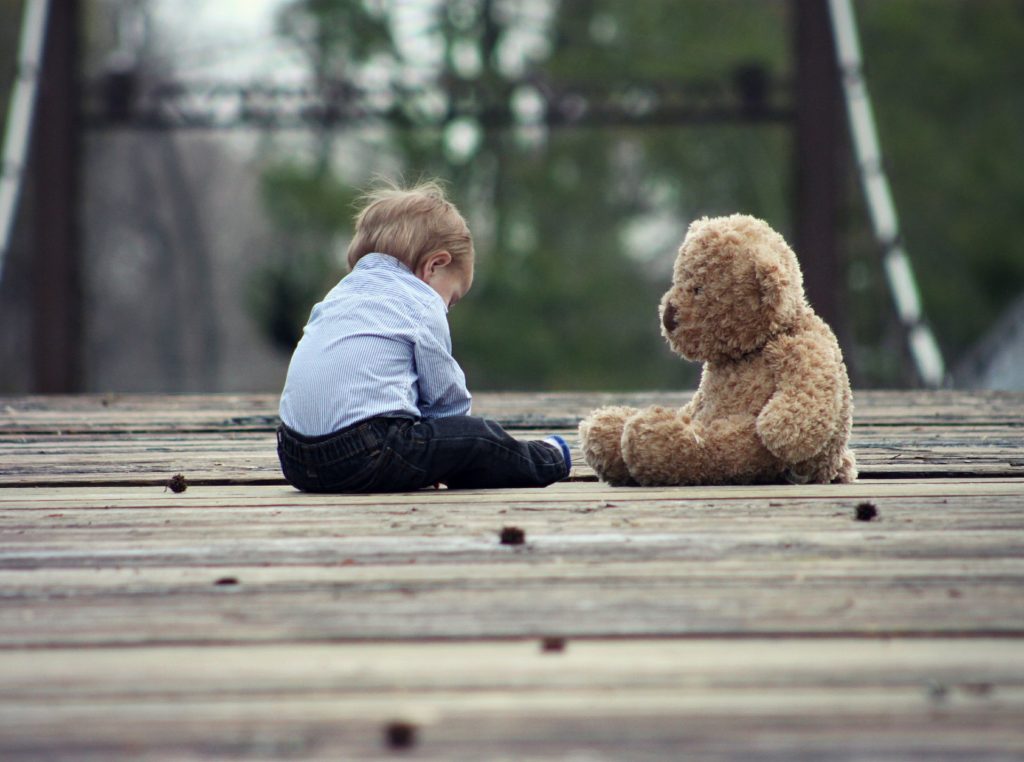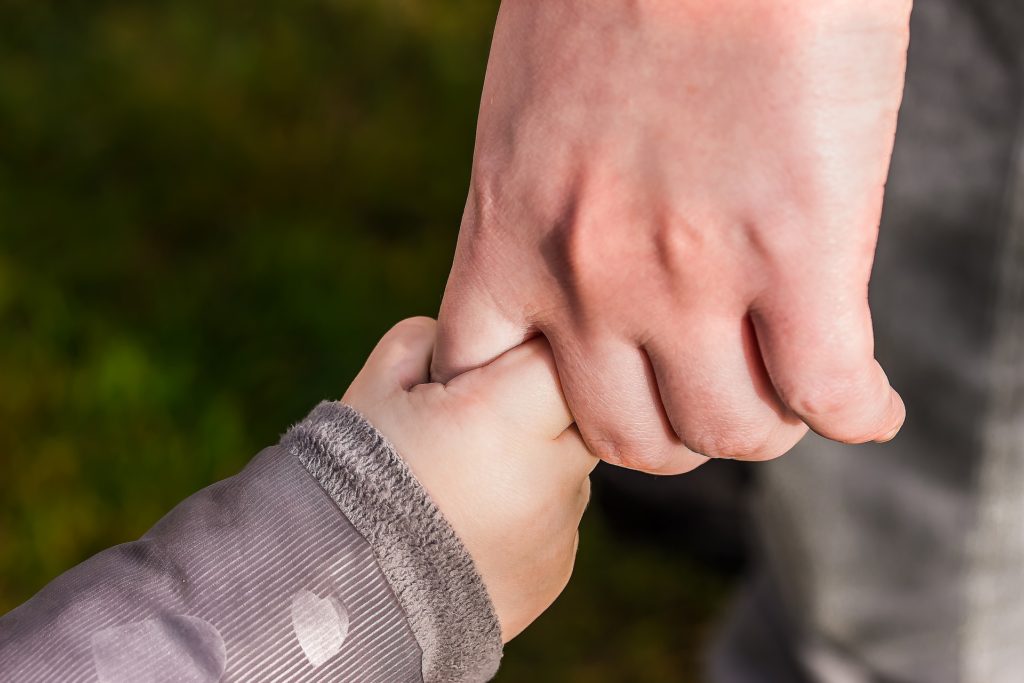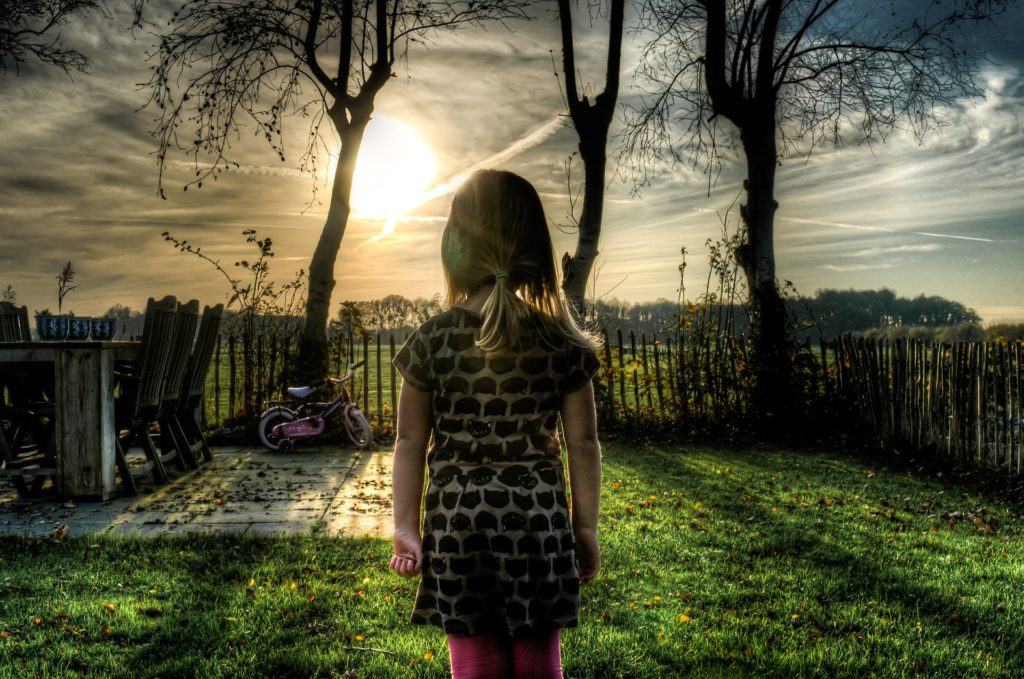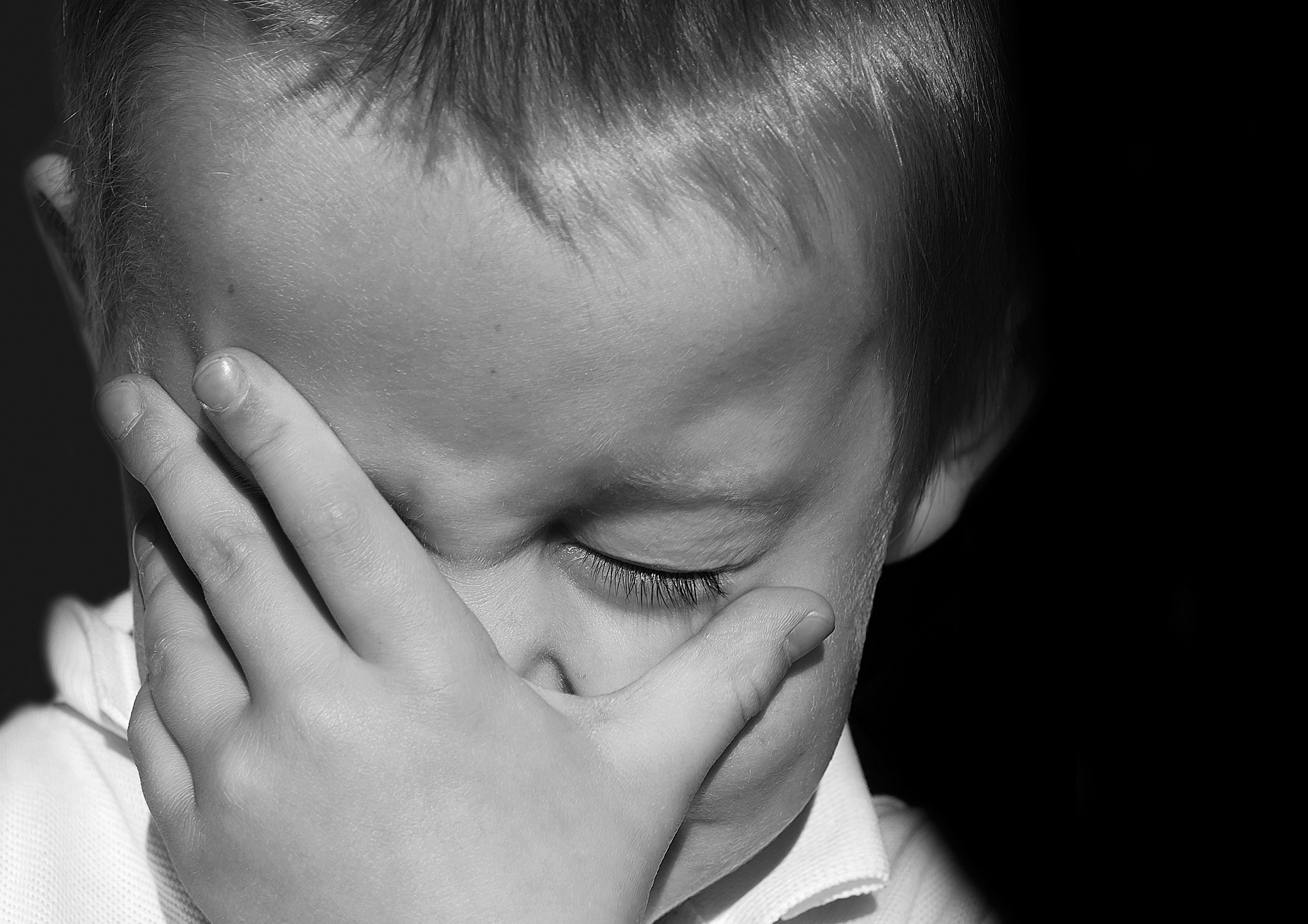LISTEN :
Oh, toddler tantrums. I don’t know any mom who wouldn’t like for them to stop. They make us stressed and feel powerless. There’s also a lot of ‘mom guilt’ related to them as well. Let’s admit it can be pretty embarrassing when a toddler throws a tantrum, especially if it’s done in public.
What if I told you that I have some information to share that might make you feel a little better about it? What if l also have you some insight as to why our children do it and how to handle it to calm them down?
Correct our perception of tantrums
The first thing is to understand how we look at tantrums. We tend to perceive them as defiance, and that’s something we have to change. It would help if we understood that their tantrums are less about defiance and more about biology.
Little people having big emotions

We tend to perceive tantrums as defiance instead of what it is— a reaction of little people who are unable to handle big emotions. These big emotions have become too much for them to handle. They need to be given the tools to understand how to handle and manage them instead of being punished for having them.
What Science says about tantrums?

I was studying child development years ago as a way to better connect with my children. I’ve been selflessly given the tools that helped me learn more about them and how they developed. I learned a cold-heart truth that has turned the tables for me and how I viewed my children’s inability to cope when they “act out”.
Science shows that a child’s lack of self-control stems from the underdeveloped prefrontal cortex. If you’re not familiar with the prefrontal cortex, that’s where we deal with the emotional-social behaviors. But the brain in that area is literally under-developed in smaller children, such as toddler-age.
They are in panic mode
When it hit me with that information I realized, “how can I be mad at my child for not having a fully developed brain to handle their big emotions?” I mean, talk about unfair. So I learned that what’s happening in their brain is that when our children feel frustration, anger or sadness–which are all really big emotions, their brains go into a panic or a “fight or flight” mode.
Now we know even adults experience this. We have these deep overwhelming emotions, considering we have fully developed brains. So can you imagine a small child having these same big emotions? And what’s big to them is different in our perception, but still it’s big to them. Imagine handling those same types of emotions but with an underdeveloped brain that can’t cope.
What CAN we do?
STEP 1: EMPATHIZE
This is something really powerful to me and I’d like to share it with you. The first thing we need to do might be the last thing we actually want to do. So it’s going to take us a bit of pushing and reminding ourselves to get us to do this. But I will tell you that the first thing we’re supposed to do is: empathize.

It seems impossible to empathize when your child is rolling around the floor or throwing himself all around because, let’s say, he can’t have a cookie before dinner. So yes, we have to empathize.
Empathy isn’t what you think it is
Let something be clear here. Empathy is not a reward. Unfortunately, that’s what we’ve been conditioned to feel like. If I empathize at this time they’ll think it’s okay. No it’s not—empathy is not a reward. It’s meeting a need. Then you think to yourself, “Why do I have to meet a need right then and there. Why now do I have to empathize? Why can’t I empathize later on after we discuss or after I punish the child?” No.
But, why? Let me explain. If you fight this because of what you’ve been taught—like I was taught in how to deal with children, then you’re really going to struggle. Empathizing is scientifically needed for the child.
The lower brain function is kicking in
Why we have to empathize is because the big emotions that the person is having are happening in their lower brain, or the reptilian brain. This is true in adults as well. So if your child is not given a trigger or a way to come out of their lower brain–which is extremely reactive, then it’s difficult to calm them down.
Have you ever felt angry and you want to just lash out and scream? That’s from your lower brain. So if you can’t pull the child out of the lower brain, you cannot calm them enough to even hear your rational explanation as to why the cookie is not a good idea or why something is not allowed.
Depending on the age of the child, they might struggle more or less on the explanation piece or rationalization because there are different developmental stages. But for the most part, in general, the first step is to calm them down and empathy is the medicine.
It’s what the Prophet did
What is the manner in which the Prophet (PBUH) dealt with children? The lesson that he taught us was that when he saw a child upset he didn’t ignore them or minimize their pain because of their age.
In fact, he would first go down to their level on his knee. he would then approach the child with a loving warm face of concern. He might touch the child on the arm or their shoulder, and empathize. Children would just open up to him. Even with older children, this is really important, and that’s because it reinforces their self-worth.
Empathy lets them know that they matter and their feelings matter, and that helps them to protect their self-esteem and overall emotional health.
So step one is to empathize to snap them out of their reactive behavior.
STEP 2: EXPLAIN THE BOUNDARIES TO THE CHILD
This is where we explain to the child what we will not allow—in a very calm way, without sarcasm and without anger. We let them know that we will not allow that type of behaviour and what the rule is in our house.
STEP 3: OFFER A TOOL

This is where we offer a solution for the child. Let me give you one example of what that might sound like. You will need to say this with all sincerity, otherwise this will not work.
“I’m really sorry that you’re upset. It must be horrible to feel that way. I understand that your brother upset you, but no matter what he says to you, I will not allow you to hit in this house. We do not allow hitting other people. I understand that you’re really upset and angry about it. Maybe we can go and sit in the living room, and you can color or draw your feelings and how you saw the event took place. Let’s draw your feelings and maybe we can talk more about them.”
Here you can bring the child to the table, give them crayons and a paper, and have them draw out what happened to them. Just give them cool-off time and a way to channel their energy into something positive. Then later you can come back and talk about the emotions with the child and then you can have a better conversation.
The point is you snap the child out of this reactive behavior that is angry and aggressive, be able to calm them down, let them know what you will not allow, and then you will bring them over to a tool that will help them. There are many different tools you could use, I just gave one example.
They shouldn’t be punished for what they’re not capable to do

The one thing I do want to stress is that we simply have to stop punishing our children for tantrums because it’s actually unjust and it’s the opposite of what we should be doing. It’s because if they truly have an underdeveloped brain, we’re almost punishing them for that. We wouldn’t punish a person or a child that has limitations for having physical limitations. That’s just inappropriate because the physical limitation just makes it obvious. But the fact that they have an underdeveloped brain in their head—which we can’t see, doesn’t give us the right to not acknowledge the truth. And this condition is also scientifically proven.
Help them thrive
We give them the tools to thrive—and that’s our job as parents. We’re doing them more justice than we are for punishing them for having something they can’t control themselves. The next time our children struggle with their emotions, let’s stay calm. Let’s keep the three steps in mind and the understanding that we are the ones to guide our children. Each outburst is an opportunity for them thrive by practicing the tools that we give them.



